Have you ever wondered what animals are talking about when they’re buzzing, chirping, or hooting away? While it might seem like they’re just making noise, there’s often more going on. Many animals have developed secret codes to communicate that are as intricate as any human language. From whispers in the deep ocean to signals in the dense jungle, these remarkable creatures have evolved unique ways to share information, find mates, and warn each other of danger. Let’s dive into the fascinating world of animal communication and discover 14 animals that have mastered the art of secret codes.
1. Dolphins
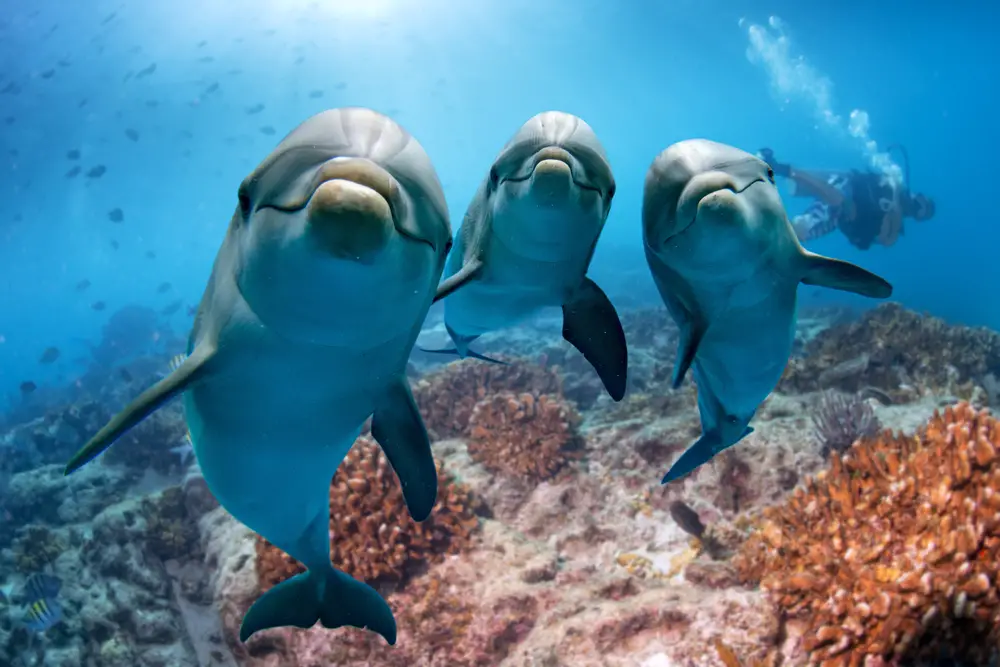
Dolphins are known for their intelligence, and a big part of that is their complex communication system. They use a combination of clicks, whistles, and body movements to convey messages. According to a study by Dr. Vincent Janik from the University of St Andrews, dolphins even have individual names or signature whistles, which they use to call each other. This unique ability to recognize specific sounds allows them to coordinate hunting strategies and maintain social bonds. So next time you see dolphins at play, remember they’re actually engaging in a sophisticated conversation you can’t quite hear.
Apart from their vocalizations, dolphins also use physical gestures to communicate. They slap their tails on the water surface to signal aggression or to call other dolphins. Bow-riding, where they leap alongside boats, is a form of play communication. It’s fascinating how dolphins have adapted to use both sound and movement to interact with each other. Their social nature and communication skills make them one of the most intriguing marine creatures.
2. Honeybees
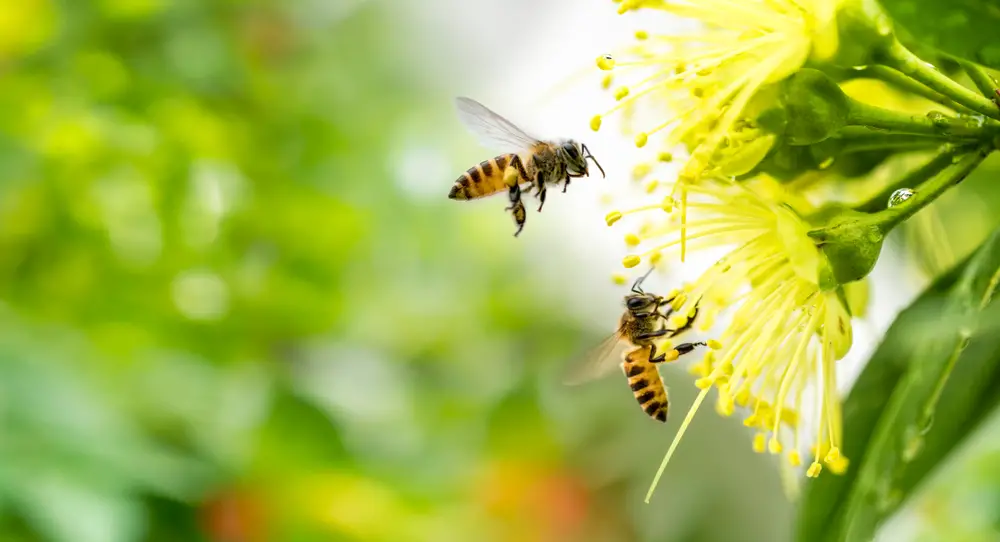
Honeybees are tiny insects with a big secret: they dance to communicate. The “waggle dance” is a well-documented method that bees use to tell their hive mates where to find food. By performing specific movements, a bee can indicate the direction and distance of a flower patch from the hive. This amazing form of communication is crucial for the survival of the colony, especially in environments where resources are scarce. It’s incredible to think that such a small creature can share complex information through simple movements.
The dance involves moving in a figure-eight pattern while wiggling its body in the middle. The angle of the dance relative to the sun gives the direction, and the duration of the waggle part of the dance indicates distance. This dance can even change based on the position of the sun, showing just how adaptive bees are. Imagine if humans had their own dance to say where the best restaurants are. Honeybees show us that sometimes actions truly speak louder than words.
3. Elephants

Elephants, with their massive size and gentle demeanor, communicate using a range of sounds and vibrations. They use low-frequency rumbles that can travel for miles, allowing them to communicate with distant herd members. Research by Dr. Caitlin O’Connell-Rodwell has shown that elephants might even “hear” these rumbles through the sensitive skin on their feet. This form of communication helps them coordinate movement across vast landscapes and warn each other of potential threats. It’s a silent, yet powerful way to stay connected in the wild.
Besides vocalizations, elephants also rely on body language and touch. They use their trunks to greet each other, comfort, or even discipline younger elephants. When elephants approach a water source, the matriarch often leads the way, signaling with her body which direction the herd should take. Their ability to communicate both audibly and physically ensures that they maintain strong social bonds. Elephants remind us that effective communication isn’t just about what you say, but also how you say it.
4. Fireflies

Fireflies light up the night with their bioluminescent flashes, but did you know these flashes are actually a form of communication? Each firefly species has its own unique pattern of flashes, used to attract mates and communicate with each other. Imagine a world where you could send messages through light; that’s everyday life for fireflies. The specific flashes can indicate everything from readiness to mate to warnings against predators. This light show is a vital part of their survival strategy.
These insects are most active during warm summer nights when they’re on a mission to find a mate. By understanding the sequences of light, fireflies can identify potential partners and avoid interspecies confusion. The males fly around, flashing their specific pattern, while the females respond with their own signals. This back-and-forth creates a dialogue that is both beautiful and essential. Fireflies show us that sometimes the best way to communicate is to light up the world.
5. Prairie Dogs
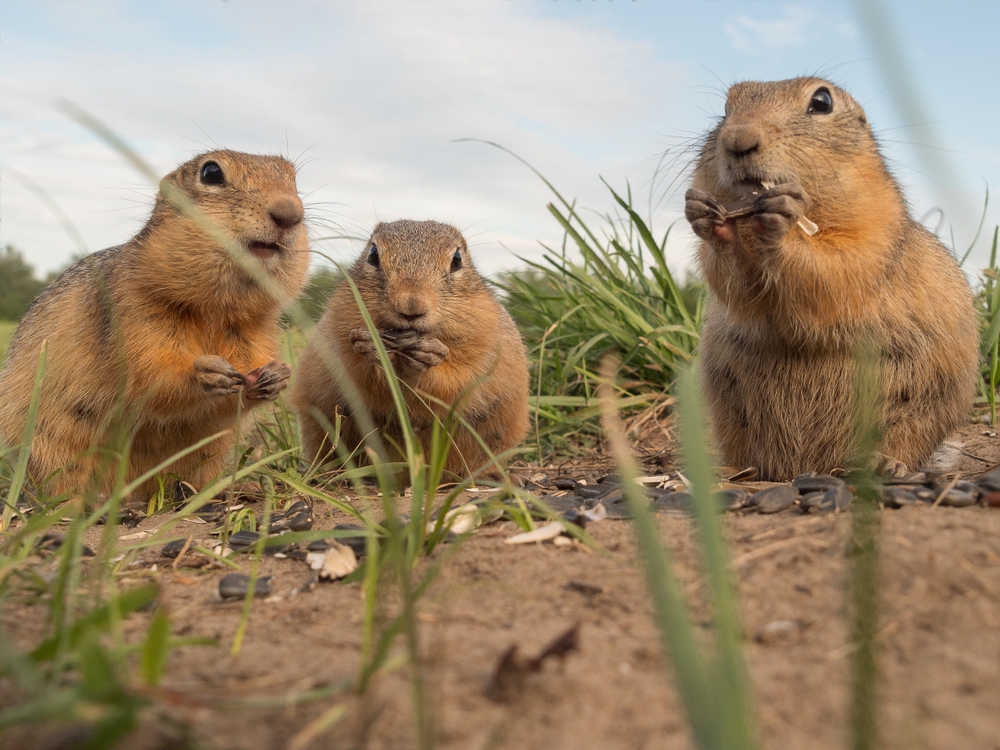
Prairie dogs might look like simple rodents, but their communication skills are anything but basic. These social animals have a sophisticated system of vocalizations that can describe specific predators and threats. Dr. Con Slobodchikoff, a biologist, discovered that prairie dogs have distinct calls that can detail the size, shape, and even color of an approaching predator. This level of detail is impressive and crucial for their survival in the wild. It’s like having an elaborate alarm system that tells you exactly what kind of danger is approaching.
Prairie dogs live in colonies called “towns,” where communication is key to maintaining order and safety. Their calls are not just about danger; they also use different sounds to socialize, find mates, and even express emotions. These intricate vocalizations help maintain the complex social structure within their communities. It’s fascinating to see how these small creatures have developed such a nuanced way of interacting. Prairie dogs remind us that sometimes the key to survival is having the right words—or sounds—at the right time.
6. Cuttlefish
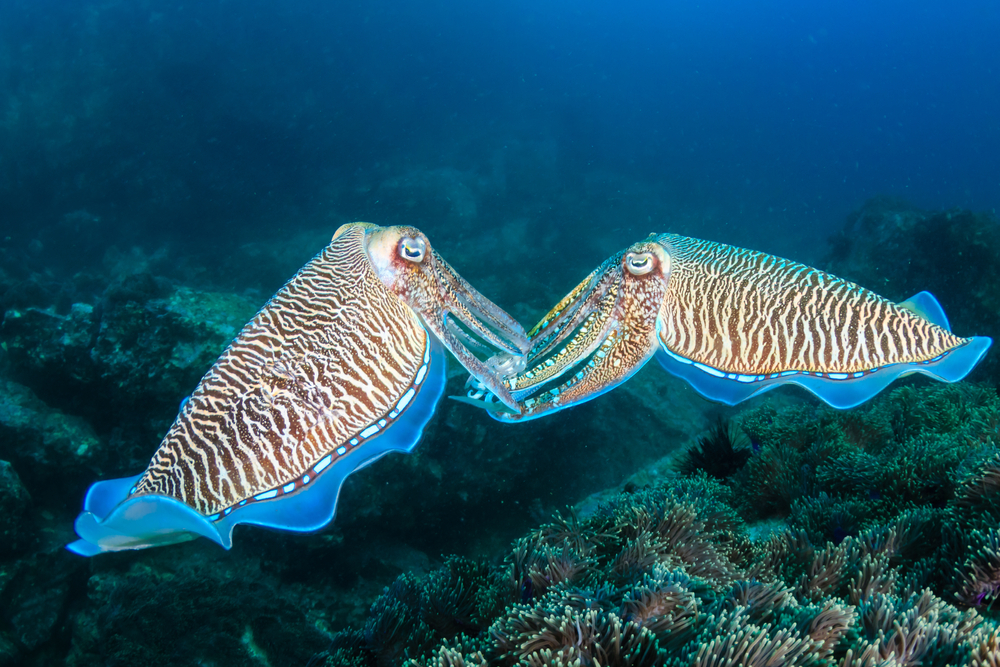
Cuttlefish, with their mesmerizing color changes, are true masters of disguise and communication. These cephalopods have the unique ability to change their skin color and texture to signal to potential mates or ward off predators. By altering their appearance, cuttlefish can convey different messages to those around them. They use this skill both for camouflage and communication, showcasing their adaptability in the ocean. It’s as if they have their own built-in LED display to express themselves.
This color-changing ability is made possible by cells in their skin called chromatophores. By expanding or contracting these cells, cuttlefish can rapidly shift their appearance. This dynamic form of communication is especially useful during mating season and when facing potential threats. Cuttlefish can even use different parts of their body to send multiple signals simultaneously. It’s a fascinating example of how nature can combine beauty and function in the most unexpected ways.
7. Birds Of Paradise
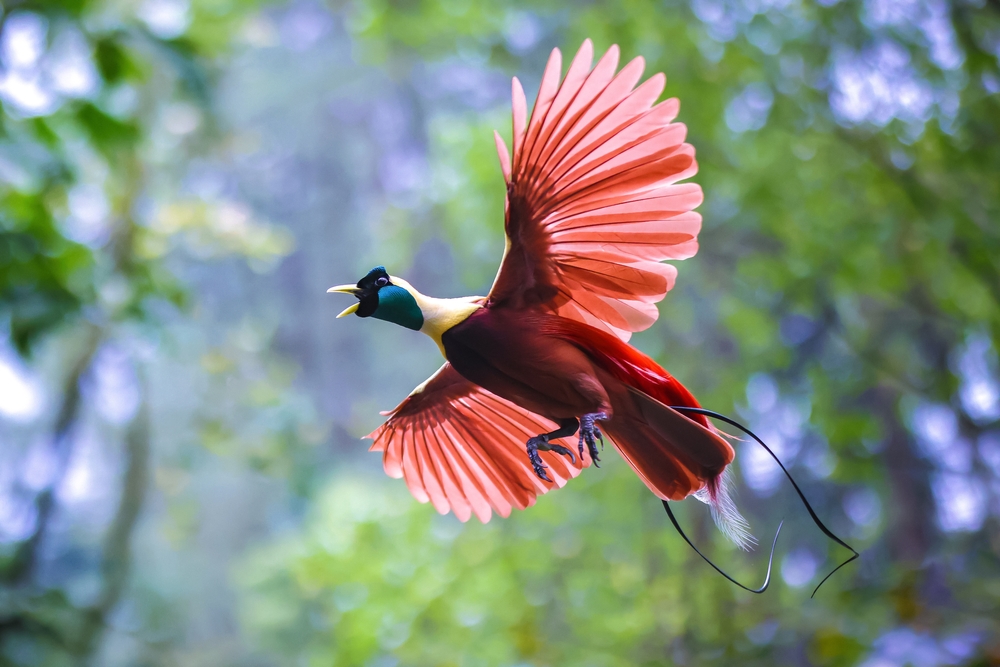
Birds of Paradise are known for their stunning plumage and elaborate mating dances. These birds, native to New Guinea and nearby islands, use their vibrant feathers and intricate dances to communicate with potential mates. Dr. Ed Scholes, an ornithologist, has studied these birds extensively and notes that each species has its own unique dance and display. These performances are not just about attracting mates; they’re also a way to establish territory and deter rivals. It’s an art form of communication that is as visually striking as it is effective.
The vivid colors and patterns on their feathers play a crucial role in these displays. Males spend hours rehearsing their dances, ensuring every move is perfect to impress a potential partner. The stakes are high, as successful communication can mean passing on genes to the next generation. These birds show us that sometimes, making a connection is all about standing out from the crowd. In the world of Birds of Paradise, communication is a beautiful blend of color, movement, and intention.
8. Wolves
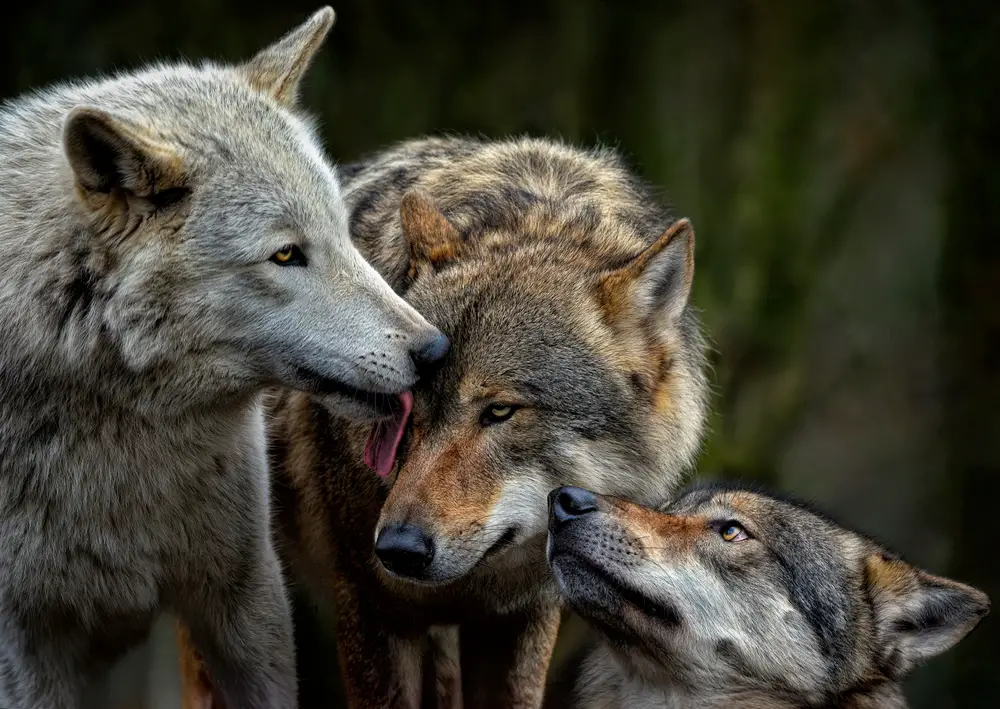
Wolves are highly social animals, and their communication system is essential for maintaining the structure of the pack. They use a combination of vocalizations, body language, and scent marking to convey messages to each other. Howls, barks, and whimpers are common sounds that can signal anything from a call to hunt to a warning of danger. These vocalizations help wolves coordinate group activities and maintain social bonds. It’s a complex communication network that ensures the pack works as a cohesive unit.
Besides vocal signals, wolves rely heavily on body language to express themselves. A wagging tail, raised hackles, or a submissive crouch can say a lot about a wolf’s mood and intentions. Scent marking is another crucial aspect, with wolves using urine and feces to mark their territory and communicate with other packs. By combining these different methods, wolves maintain order and cooperation within their intricate social structure. They show us that effective communication is about using every tool at your disposal.
9. Chimpanzees
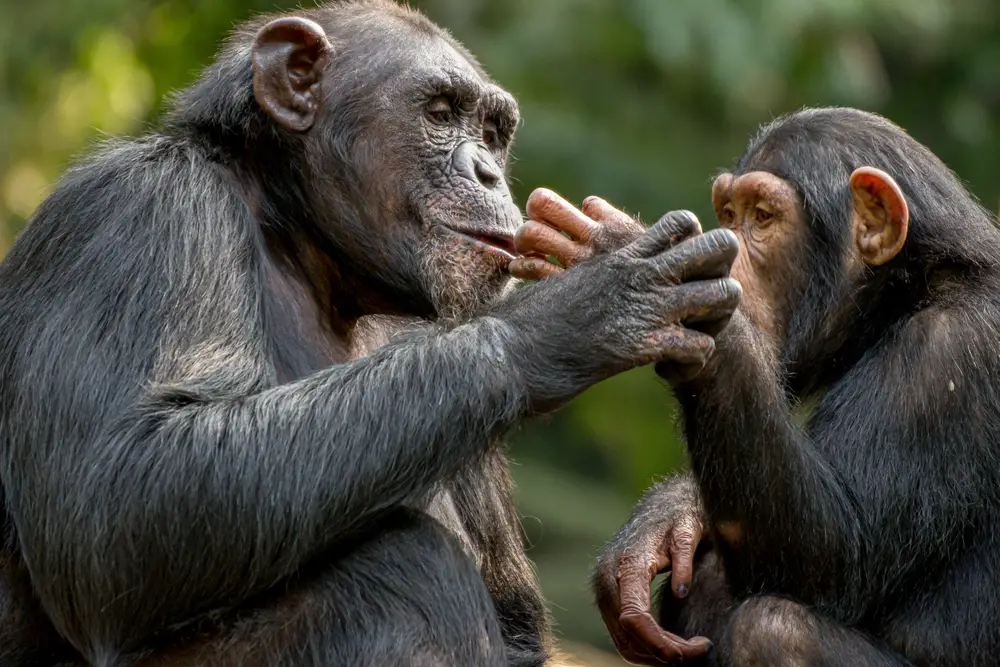
Chimpanzees, our closest living relatives, have a rich communication system that includes vocalizations, gestures, and facial expressions. They use a variety of calls to express emotions, alert group members of danger, or coordinate activities like hunting. Beyond sounds, chimpanzees rely heavily on gestures, such as hand-clapping or arm waving, to emphasize their messages. This multi-layered communication system reflects their complex social lives and cognitive abilities. It’s a testament to their intelligence and adaptability in the wild.
Facial expressions play a significant role in chimpanzee communication as well. A smile or a frown can convey a wide range of emotions and intentions. Grooming is another important social activity that reinforces bonds and communicates trust and affection. Through these various methods, chimpanzees maintain strong social connections and ensure group cohesion. They remind us that sometimes, the most powerful messages are conveyed through the simplest gestures.
10. Whales
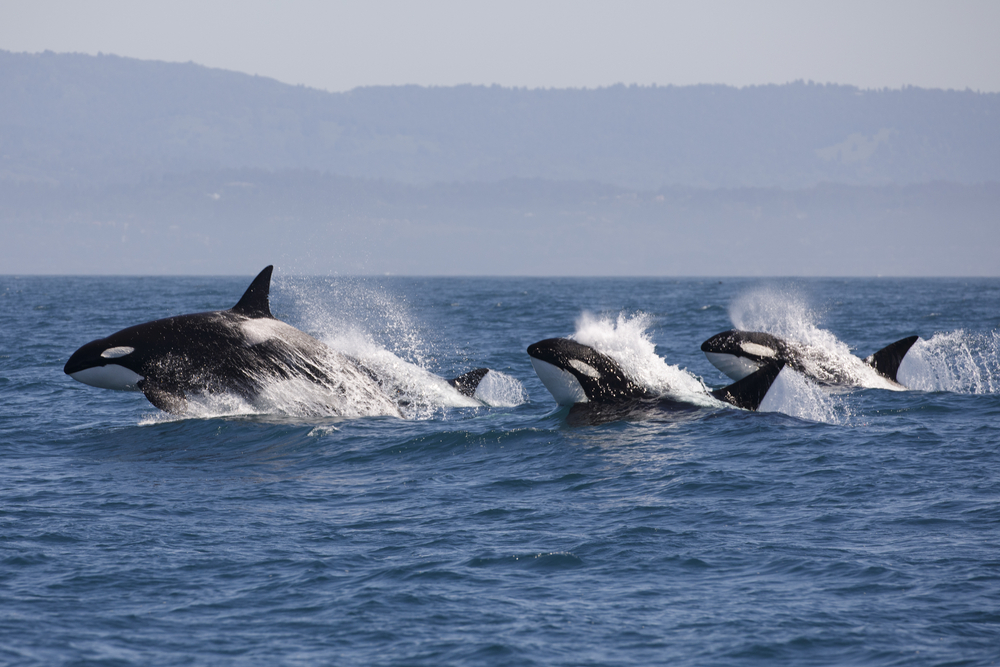
Whales, the gentle giants of the ocean, have a communication system that spans vast distances. They use a series of vocalizations, often referred to as songs, to communicate with each other. These songs can travel miles through the water, allowing whales to stay in touch over long distances. Each species has its own unique song, which can change and evolve over time. It’s a remarkable way to maintain social bonds across the vastness of the ocean.
Beyond their songs, whales also use body language and breaches to communicate. A tail slap on the water or a breach can signal a range of emotions or intentions. These physical displays are often used in social interactions, such as courting or establishing dominance. The combination of vocal and physical communication ensures that whales can express themselves effectively in their environment. It’s a reminder of the incredible adaptability and intelligence of these majestic creatures.
11. Frogs
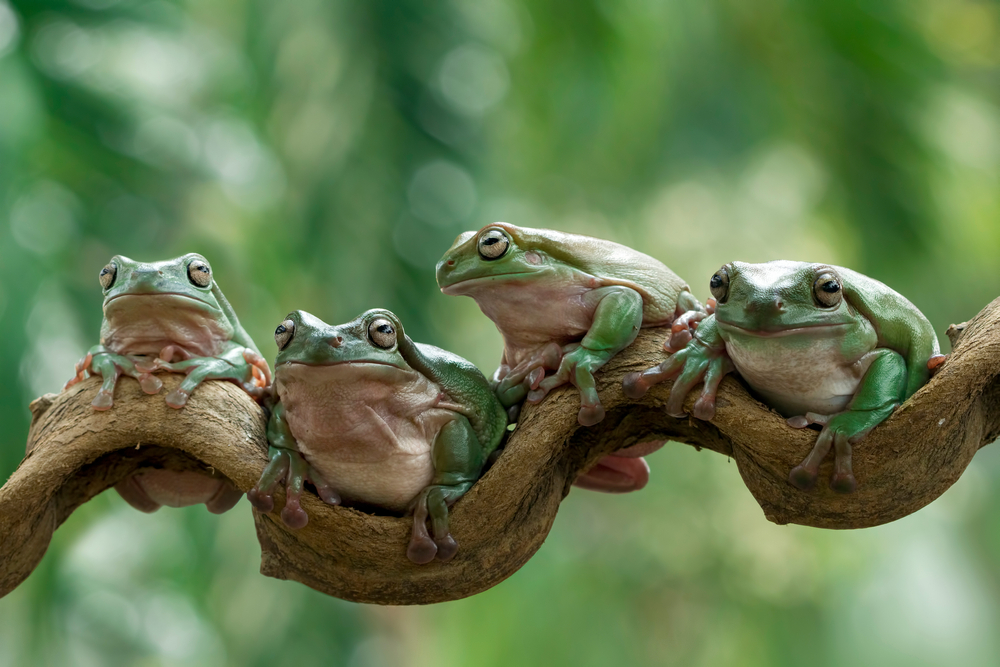
Frogs might be small, but their communication skills are mighty. These amphibians use a variety of calls to attract mates, establish territory, and warn of danger. Each species has its own distinct call, which is essential for avoiding confusion in areas with high frog populations. Their calls range from deep croaks to high-pitched chirps, each with its own meaning and purpose. It’s a symphony of sounds that fills the night in many ecosystems.
Vocal communication in frogs is primarily a male activity, especially during the breeding season. Males vocalize to express their fitness and attract females, while also warding off rival males. Some species use chorus calling, where multiple males call together, creating a powerful auditory display. This method increases their chances of being heard over long distances. Frogs demonstrate that even in the animal kingdom, sometimes you have to be loud to be heard.
12. Ants
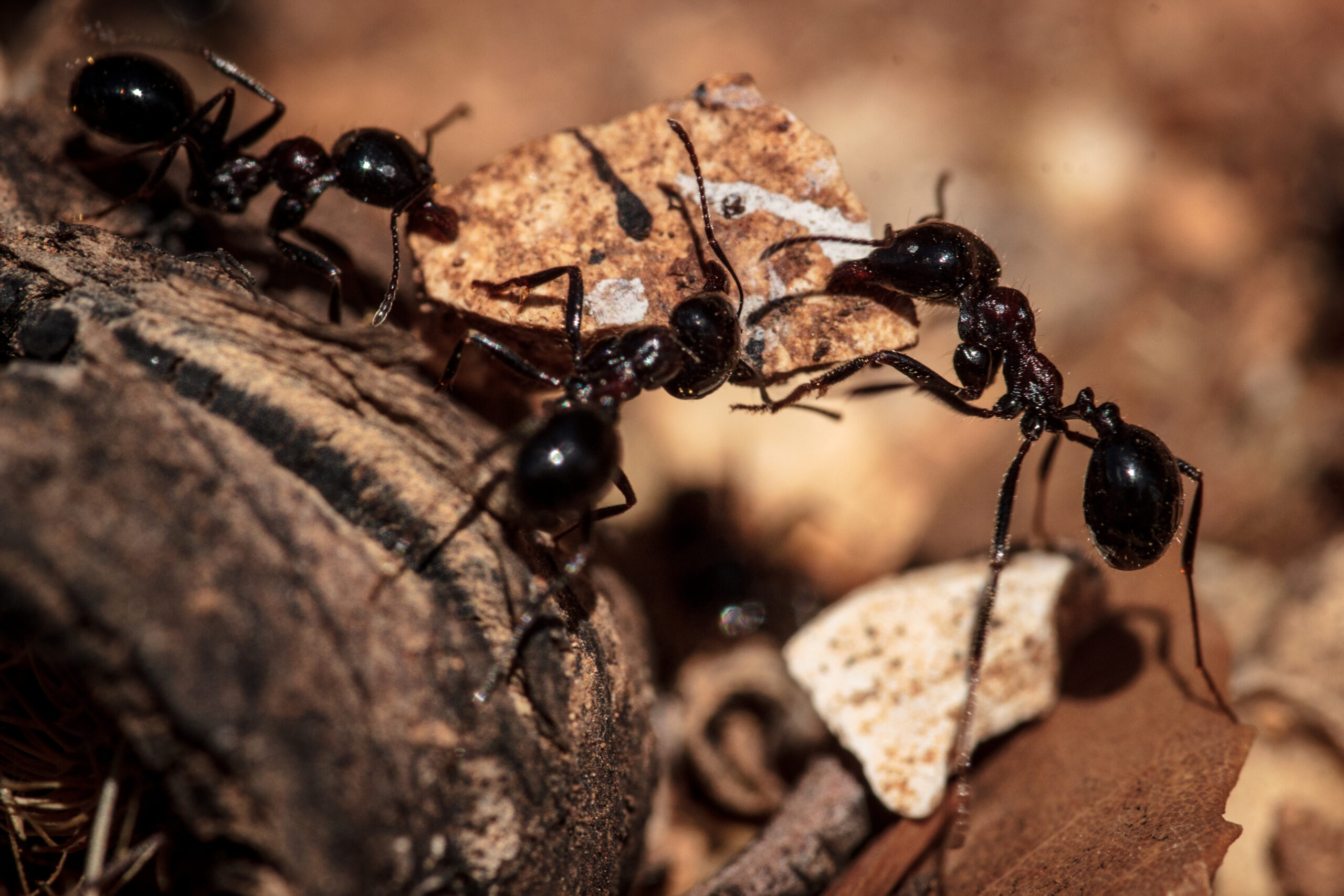
Ants, though tiny, have developed a sophisticated system of chemical communication. They use pheromones to convey messages about everything from food sources to alarms about potential threats. When an ant discovers a food source, it lays down a pheromone trail, guiding other ants to the find. This chemical language is incredibly efficient and allows the colony to function like a well-oiled machine. It’s communication at a microscopic level, yet it has a massive impact on their survival.
Beyond pheromones, ants also use touch and vibrations to communicate. Antennal drumming and tapping are common methods to signal readiness to work or engage in social interactions. The combination of chemical and tactile communication ensures that ants can coordinate complex tasks and maintain colony harmony. These small creatures show us that effective communication doesn’t always require sound—sometimes, it’s about the invisible connections that bind us.
13. Bats
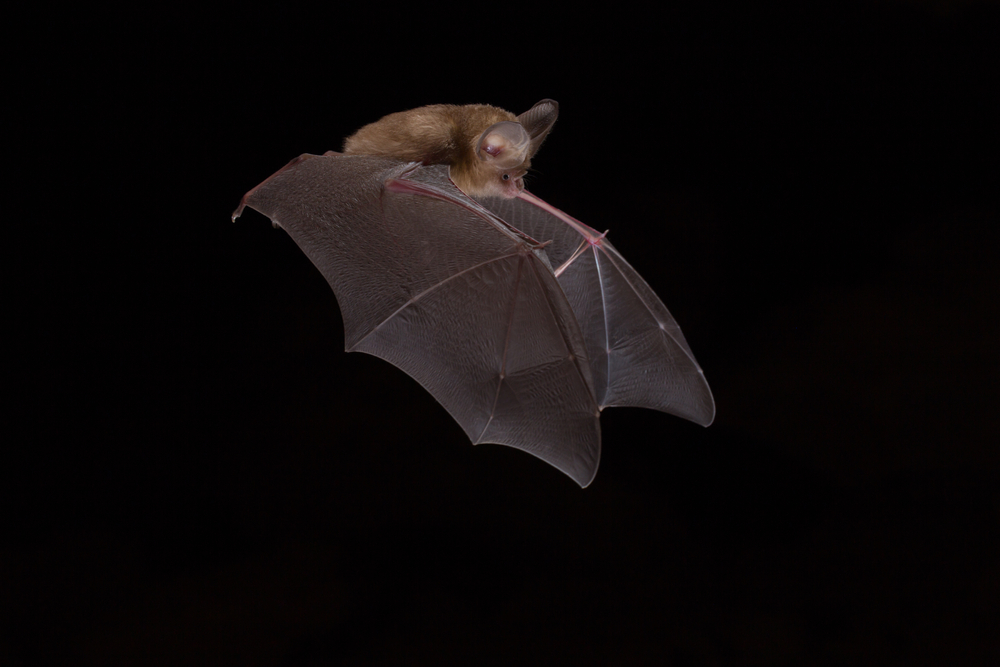
Bats, the only flying mammals, have a unique communication system that relies heavily on echolocation. While primarily used for navigation and hunting, echolocation also plays a role in social interactions. Bats emit high-frequency sounds that bounce back from objects, helping them understand their surroundings. Some species use these sounds to communicate with each other, conveying information about food sources or potential threats. It’s a form of communication that relies on sound waves, painting an auditory picture of their world.
In addition to echolocation, bats also use vocalizations and body language to communicate. Social calls can indicate everything from mating readiness to aggression. Bats in colonies often engage in vocal exchanges to maintain social hierarchies and coordinate activities. The combination of echolocation and vocal communication allows bats to thrive in the dark, complex environments they call home. They remind us that sometimes, finding your way is about listening carefully to the world around you.
14. Octopuses
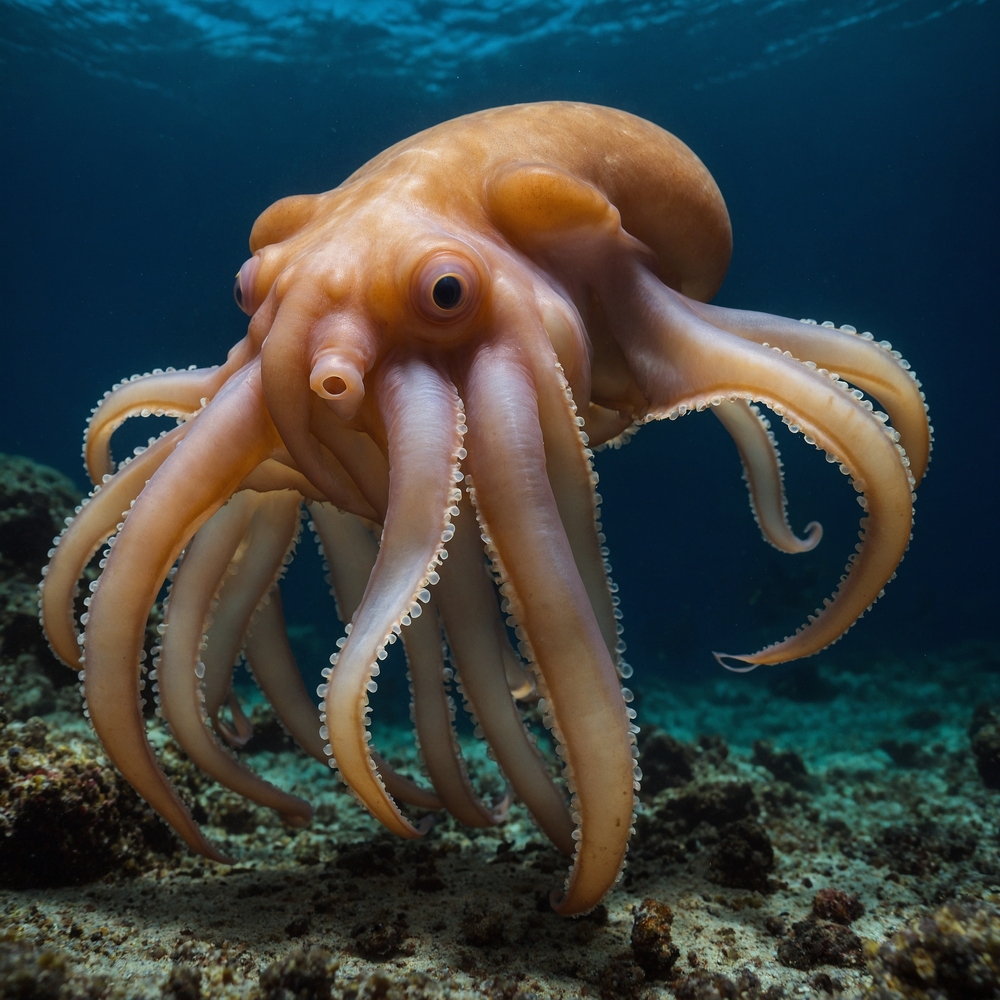
Octopuses, with their eight arms and high intelligence, are masters of disguise and communication. They use color change, texture alteration, and body posture to convey messages and ward off predators. This ability is controlled by specialized skin cells called chromatophores, which can rapidly change to match surroundings or signal emotions. By using these visual cues, octopuses can effectively communicate with others in their environment. It’s a silent dialogue that speaks volumes without a single word.
Their communication isn’t limited to visual signals. Octopuses are also known for their problem-solving abilities and can use tools, showcasing a different level of cognitive communication. They can manipulate objects and learn from their environment, hinting at a deeper level of understanding and interaction. This combination of visual and cognitive communication makes octopuses one of the most fascinating creatures in the ocean. They teach us that sometimes, the most powerful messages are those that require no sound at all.
